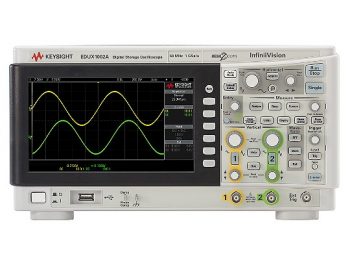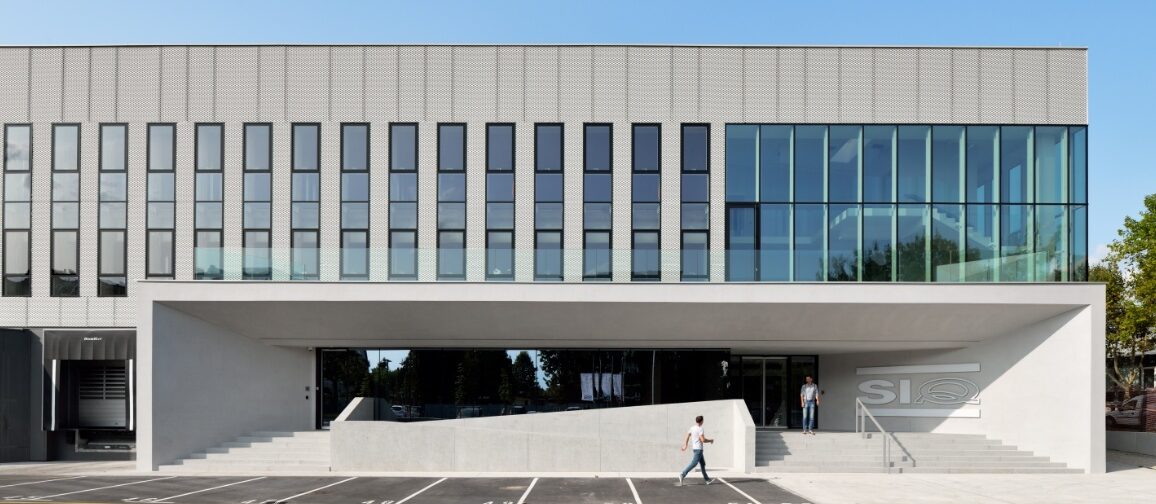RF & MW
RF Signal generators
- frequency setting accuracy
- time base stability and accuracy
- signal power accuracy
- harmonic and spurious signal distortions
- analog modulation parameters (AM, FM, PM accuracy, modulation frequency accuracy, residual AM, FM, PM and modulation distortion)
- rise time

Spectrum analyzers
- time base stability and accuracy
- frequency readout and marker counter accuracy
- SSB Phase noise performance
- frequency span readout accuracy
- display linearity
- reference level switching uncertainty
- input attenuator switching uncertainty
- resolution bandwidth switching uncertainty
- resolution bandwidth accuracy
- absolute signal level measurement accuracy and frequency response
- signal distortions (harmonic distortions and third intermodulation distortion)
- displayed average noise level
- input reflection coefficient (VSWR)
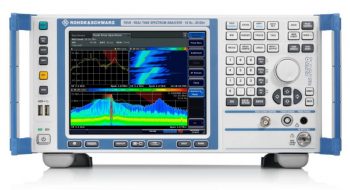
Vector network analyzers (VNAs)
- time base stability and accuracy
- source frequency setting accuracy
- noise level
- trace noise
- crosstalk
- calibration coefficients (uncorrected system performance)
- source output power accuracy
- source harmonic distortions
- VNA receiver linearity
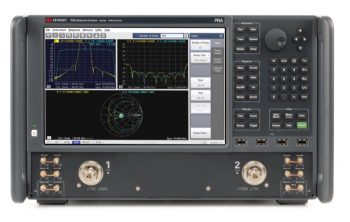
Attenuators and step attenuators
- reflection coefficients
- attenuation
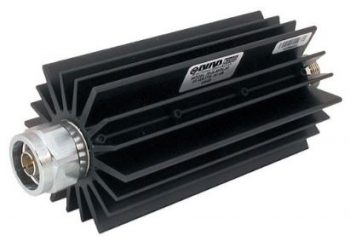
RF Couplers
- coupler ports reflection coefficients
- main line attenuation
- coupling factor value and flatness
- directivity
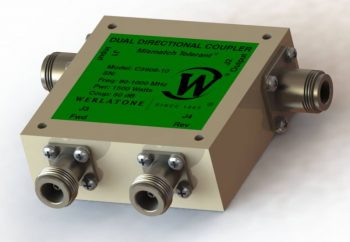
Power splitters
- splitter ports reflection coefficients
- attenuation
- tracking between output ports
- effective source match
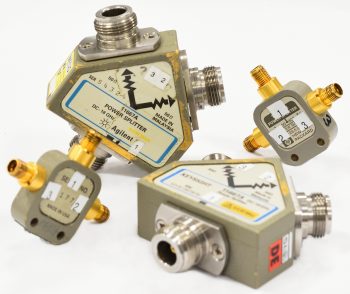
Coaxial VNA calibration standards, RF terminations
Typically me calibrate
- reflection coefficient (VSWR)
- attenuation
All calibration results can be provided with their uncertainty in an appropriate file format so that the customer can use this data to perform VNA traceable error correction.
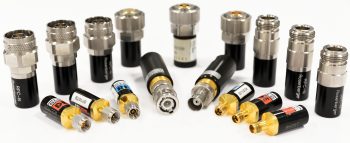
RF power sensors
- calibration factor (CF)
- reflection coefficient
- linearity
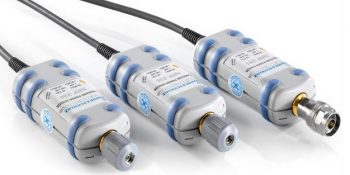
Power meters
Power meters are usually calibrated according to manufacturers performance tests. Typically, the reference output is checked (power level and frequency), zeroing, linearity, calibration factor, DC accuracy, etc.
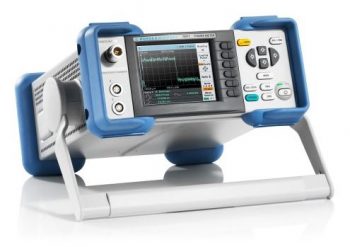
RF Cables
Parameters that are usually calibrated are:
- reflection
- attenuation
For VNA measuring cables we additionally calibrate:
- magnitude and phase tracking and symmetry
- real and imaginary reflection stability
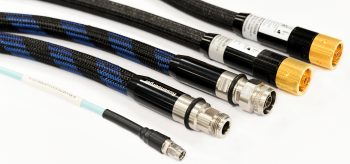
RF amplifiers
- signal gain
- gain compression
- harmonic distortion
- input reflection coefficient (VSWR)
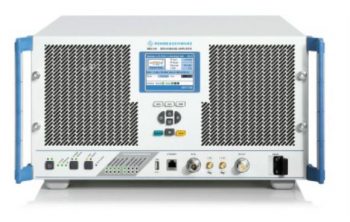
Oscilloscopes
For low-frequency oscilloscopes (bandwidth less than 500 MHz) we typically measure:
- vertical gain at 50 Ω and 1 MΩ
- time base accuracy
- rise time
- frequency response
For oscilloscopes with higher bandwidth, we additionally measure:
- DC input resistance
- offset null
- offset setting
- RMS noise level
- input reflection coefficient (VSWR)
